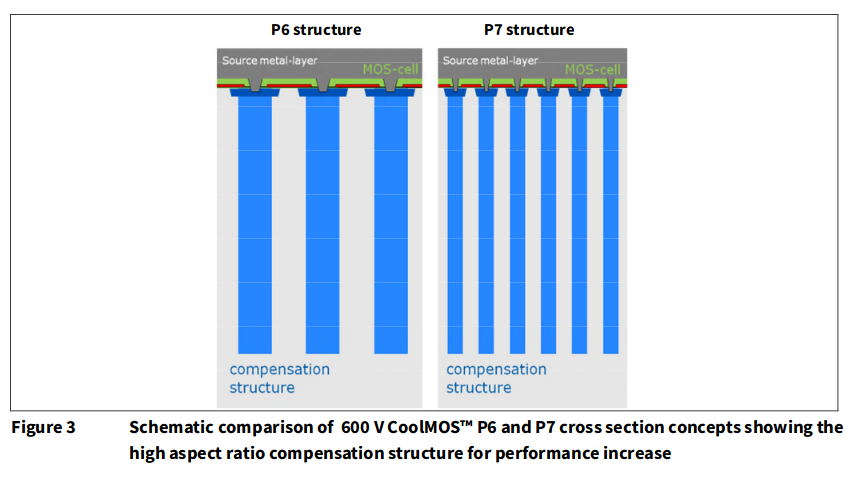Infineon's IPP60R060P7XKSA1 – What Benefits Does CoolMOS Offer?
While MOSFETs show up often in OEMsecrets search trends due to various constraints when designing switching regulators, Infineon's IPP60R060P7XKSA1 gave us a start - Mouser still lists the part is brand-new, the CoolMOS 7 technology was introduced but a few months ago.
The C7 family differs from its predecessor in a variety of factors. Infineon - old hands might know the company is the semiconductor division of Siemens - promise that the part combines the benefits of fast junction MOSFETs with properties usually found in slower MOSFET transistor types.
As usual, the basic specs of the transistor don't tell us particularly much – the maximum drain source voltage, commonly called Vdc, lays in the range of 600 V. The transistor can handle a drain current of up to 48 amperes of direct current. In this mode, the drain resistance lays in the range of 49 mOhms - a very small value, which lets the part handle this large amount of current.
See application note found here.
In principle, the most significant benefit of the latest version is smaller structure size - our figure compares the P7 to its predecessor architecture.
Smaller structures improve transistor performance

In addition to lowering the drain resistance, the newly devised topology also has the benefit of decreasing gate capacitance. This allows switching processes to take place faster, reducing the amount of power dissipated during the transitional process. Yours truly is aware of more than one case where gate capacitances caused problems - most of the heat burned in the transistors is lost during the transition.
The Infineon application note furthermore provides insight into how the IPP60R060P7XKSA1 can benefit you - if your question is related to FET transistors, simply click the link above and have an electrical engineering book in hand.
Furthermore, keep in mind that Siemens also offers additional documentation which, sadly, is a bit hard to find. Visit here and click on the four small squares at the bottom – the four additional whitepapers provide further insight.